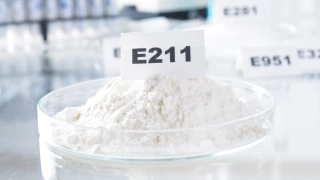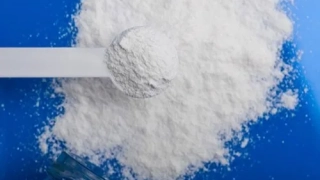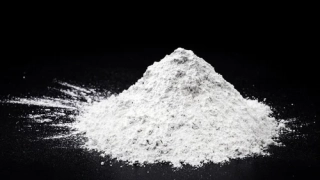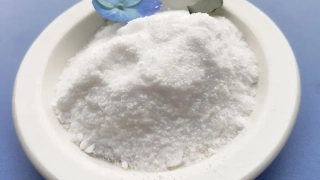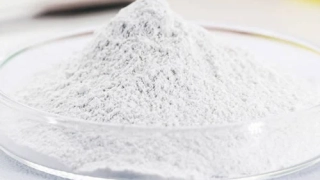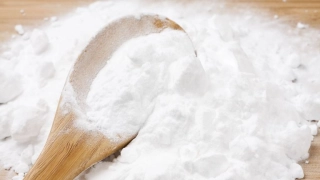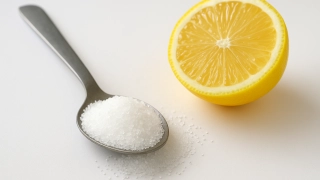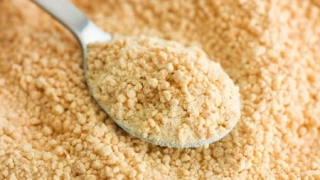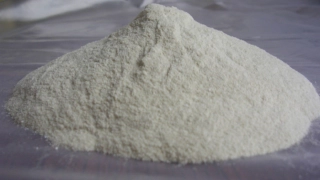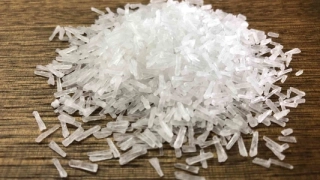Sodium Metabisulphite (E223): Taste Profile, Aroma, Benefits and Health Risks
Sodium metabisulphite (E223) is a preservative and antioxidant widely used in the food industry to prevent spoilage, discoloration, and maintain freshness in a variety of products. It is valued for its effectiveness in inhibiting the growth of microorganisms and extending shelf life, especially in dried fruits, wines, and processed foods.
Sodium metabisulphite is generally safe for most healthy individuals but may provoke allergic reactions or sensitivity, especially in people with asthma or sulphite sensitivity. It must be clearly labelled due to allergenic potential.
What does Sodium Metabisulphite (E223) taste like?
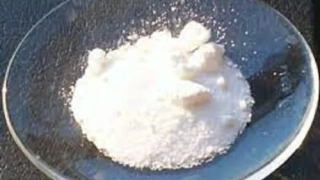
Complete Sensory Description
Taste: At permitted concentrations, sodium metabisulphite is almost tasteless but can impart a faintly sharp, sulphurous, or chemical aftertaste at higher levels.
Aroma: In pure form, it has a characteristic pungent, sulphur-like odor, but in food, it is usually not noticeable at standard usage levels.
Texture: Does not affect the texture or mouthfeel of finished products.
Appearance: White or colorless crystalline powder; fully dissolves and remains invisible in food and beverages.
In-depth Flavor Analysis
Sodium metabisulphite acts primarily as an antioxidant and preservative. On a molecular level, it releases sulphur dioxide (SO₂) in the presence of moisture, which protects foods from oxidation, browning, and microbial spoilage. While usually undetectable, excess can lead to a detectable sulphurous or chemical note, especially in wines or dried fruit. Proper formulation ensures minimal sensory impact.
Varieties and Culinary Applications
Used in dried fruits, wines, fruit juices, pickles, potato products, seafood, and baked goods. It is essential in winemaking for sterilization and color preservation. In dried fruit and seafood processing, it helps maintain bright appearance and extends shelf life. Home use is rare and discouraged due to dosing risks.
Selection and Storage
Supplied as a crystalline powder, sodium metabisulphite should be stored in airtight, moisture-proof packaging in a cool, dry place, away from acids and strong odors. Proper storage preserves potency and minimizes premature SO₂ release.
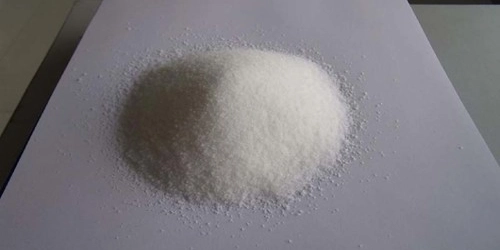
Nutritional Insights
Sodium metabisulphite does not provide nutritional value, calories, vitamins, or minerals. Its function is strictly technological—to protect food safety and appearance.
Expert Insights & Culinary Tips
Food technologists value sodium metabisulphite for its dual role as preservative and color stabilizer. Winemakers use it carefully to balance microbial control with flavor preservation. Chefs recommend vigilance regarding labelling and communication about sulphite presence due to allergy risks.
Interesting and Curious Facts
Sodium metabisulphite has been used for over a century in food preservation and winemaking. Sulphite sensitivity is more common among asthmatics, and regulations in many countries require clear declaration of sulphite-containing additives in packaged foods.
Harm and Dietary Considerations
Sodium metabisulphite is safe at regulated concentrations for most people. However, it may provoke allergic or asthmatic reactions in sensitive individuals, manifesting as hives, difficulty breathing, or other symptoms. Excessive intake is not recommended. Always check labels if sensitive to sulphites.
Religious Dietary Considerations
Sodium metabisulphite is synthetically produced and accepted in Halal, Kosher, vegetarian, and vegan diets.
Final Thoughts & Sensory Journey
Sodium metabisulphite (E223) silently protects food color and freshness, essential in many processed products—yet demands attention for allergy risks and proper use.
Resources
Belitz, H.-D., Grosch, W., & Schieberle, P. (2009). Food Chemistry (4th Edition). Springer. ISBN: 978-3540699330
Branen, A. L., Davidson, P. M., & Salminen, S. (2001). Food Additives (2nd Edition). Marcel Dekker. ISBN: 978-0824704382
Fennema, O. R. (1996). Food Chemistry (3rd Edition). Marcel Dekker. ISBN: 978-0824793546
